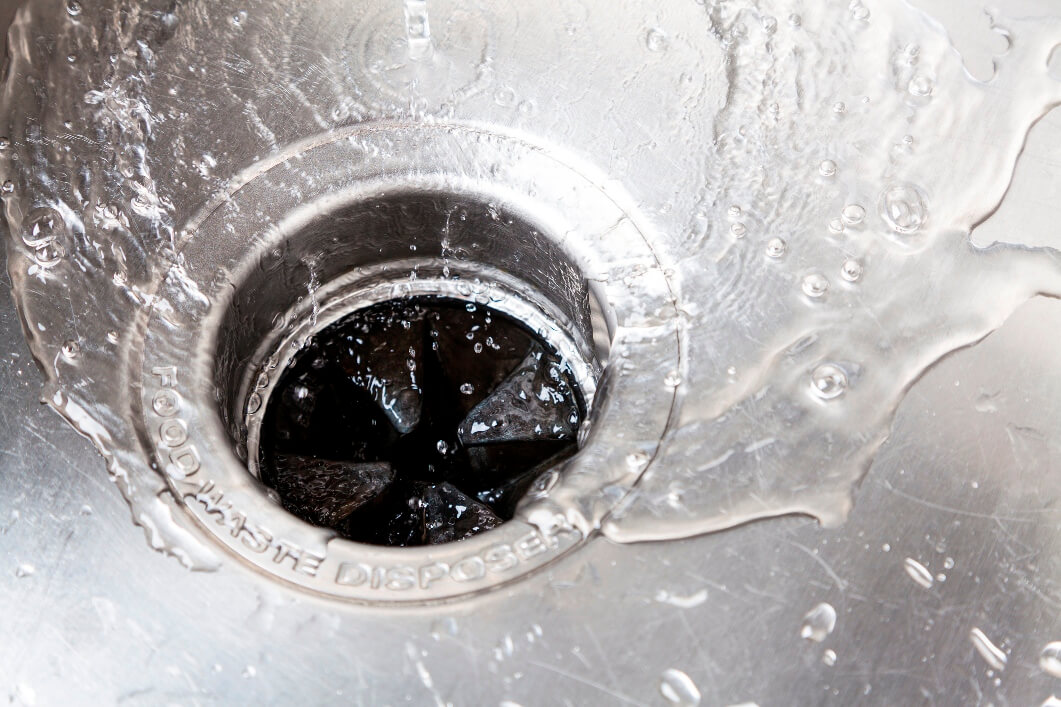Grease traps are essential for every restaurant and commercial kitchen, and taking good care of them is crucial for the comfort of your workers and customers. Built with the purpose of stopping fats, oils and grease from entering water and sewer lines, they’re fundamental in helping your business operate in tip-top shape. However, failure to regularly and thoroughly clean your grease traps can create major hassles for any commercial kitchen. To avoid the stress of dealing with a clogged grease trap, be sure to keep the following top five tips in mind.
1. Regularly inspect your grease trap
Since your grease traps prevent fats, oils and grease (FOG) from entering your sewer lines and getting into your septic tanks, they are your most important line of defence. Should FOG be able to enter your systems, it will solidify and cause an obstruction that can result in a sewage back-up. This is very unhygienic and can lead your business to being shut down immediately. Therefore, it is critical to regularly check that your grease traps are functioning correctly. It is much easier and safer to manage regular checks, rather than a nasty blockage of grease in your sewer lines.
2. Have a proper maintenance routine carried out by professionals
To avoid serious issues, it is best to have your grease traps cleaned and maintained by professionals. To keep them in a good working order and to prevent any blockages, we recommend scheduling professional maintenance every 1-2 months. An uncleaned grease trap is also a dangerous fire hazard, as a full grease trap can easily catch fire and spread quickly. Remember that you should always keep a comprehensive record of all cleaning and maintenance and if you’re in doubt or have any concerns, you should always consult an expert.
3. Train your staff to correctly dispose of food
Training your staff on the correct disposal of food can also help your grease traps operate to a high standard. Having your staff remove as much waste and food solids from plates, pans and pots will help ensure that solids aren’t caught up in your grease traps. Keep in mind that the grease trap is only for FOG and not for all food waste.
4. Check that all sinks are connected to the trap
Always check that all the sinks in your restaurants kitchen is connected to the grease trap, including food prep and wash sinks. This will make sure that all the grease is collected correctly and that there is no chance of it seeping into other lines.
5. Never pour chemicals, bleach, additives or drain cleaners down the trap
If you think your grease trap is blocked or that there is something obstructing its operation, do not try to rectify the problem by pouring chemicals down it. This will not solve the problem but rather destroy the traps natural bacteria and will do more harm than good. Instead, you need to get in contact with a professional who can provide the correct advice and expert solutions.
Keeping these top tips in mind, you can ensure the health and safety of your employees and customers. If you have any questions or concerns regarding the cleaning and maintenance of your grease traps, you can contact our expert team here.



